Insights from San Francisco’s Top Landscape Architects
Founders of Arterra + Strata Share Their Expertise
Landscape Architecture Firms are in high demand right now, with the importance of private outdoor spaces becoming even more crucial during the pandemic. Clients are looking to improve and expand on their gardens and yards to maximize every square foot, creating beautiful and functional outdoor spaces for their families to enjoy. We tapped two of our favorite collaborators, Kate Stickley of Arterra Landscape Architects and Dustin Moore of Strata Landscape Architecture, to pick their brains on the key ingredients for a successful landscape project.
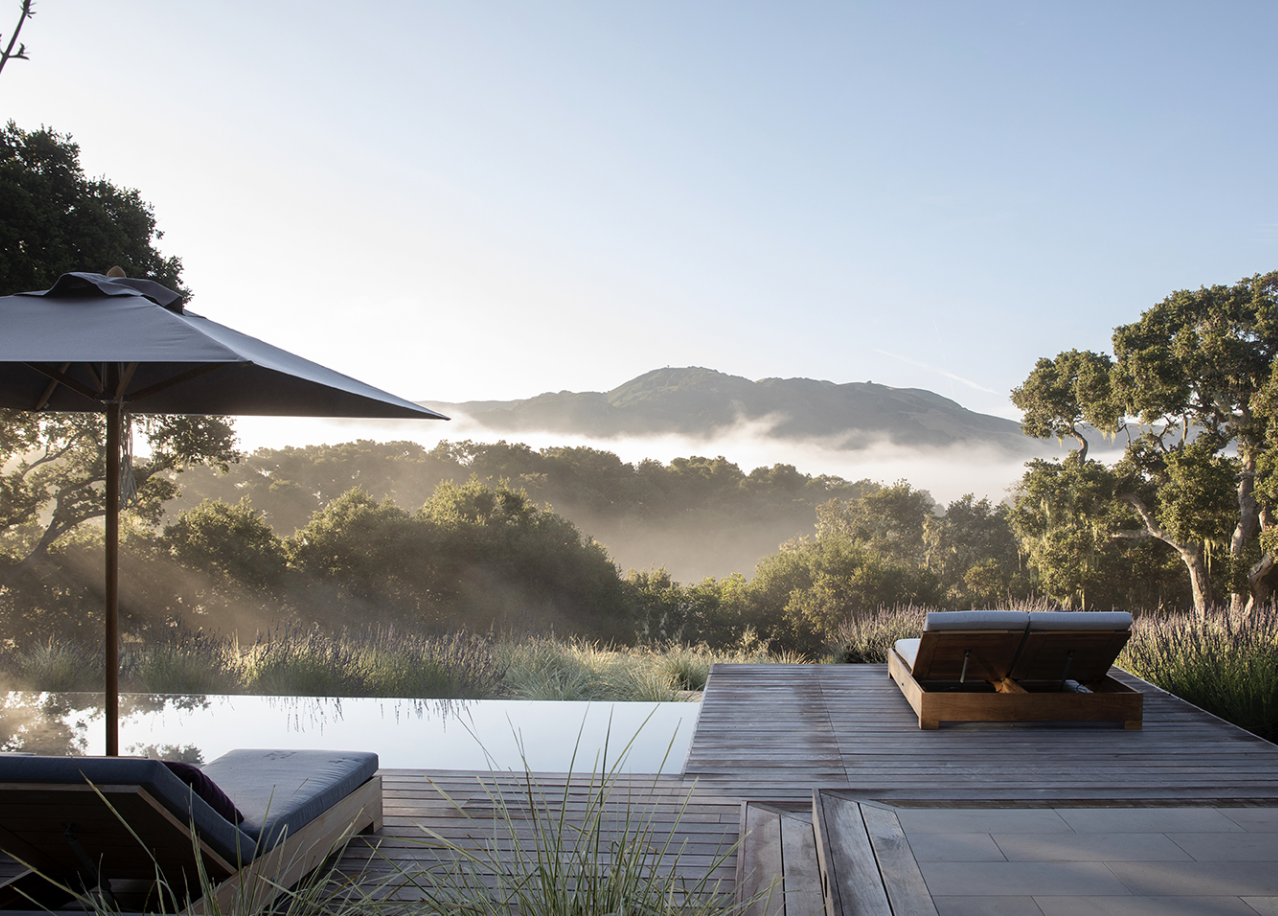

KATE STICKLEY
FOUNDING PARTNER, ARTERRA LANDSCAPE ARCHITECTS
The hours spent clearing brambles for trails in the woods behind her home in the Brandywine River Valley might have been the first hint that Kate was destined to become a landscape architect. Kate moved to the South of France after studying Landscape Architecture at Michigan State University. While living and working in the stunning light of Provence for four years, her love of Mediterranean plants and water-wise planting took root.
Throughout her work overseas, Kate experienced the tradition and mastery of old world craftsmanship. She designed and collaborated with artisans who learned their trade from their fathers and grandfathers. She brings this love of craft to Arterra’s exceptional detailing and design.
Kate is a member of the American Society of Landscape Architects, The Association of Professional Landscape Designers, Build It Green, and the National Association of Women Business Owners. She is a Certified Green Building Professional and is constantly looking for ways to incorporate sustainable design into all facets of the garden.
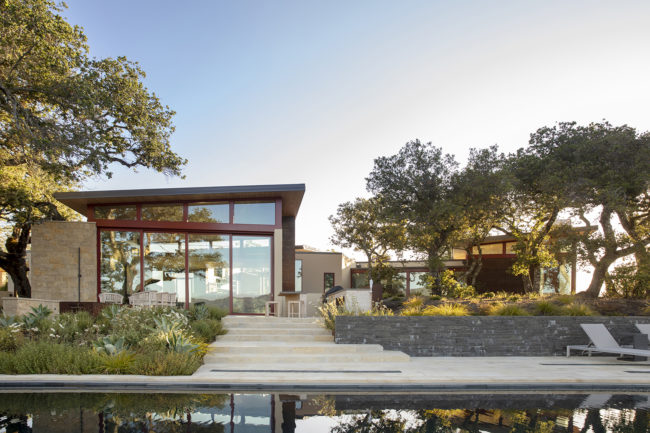
Can you share a tip for planning a successful landscape project?
Create a vision board of imagery to share with your team. This can be as literal or as conceptual as you like. A client once described their vision for the landscape was a Dutch Romantic still life painting, with tulips draping over the edge and bursting with color and texture. Not a Mondrian. Enough said, very clear!
Which one of your recent projects exemplifies a successful collaboration?
Taronga in the Santa Lucia Preserve. We worked closely with the design team to extend the architectural design into the landscape. Early in conceptual design we suggested moving the garage under the house to work better with the topography. In doing so we were able to create a green roof on top to screen the drive and create a unique setting for the breezeway sitting area.
A major feature of the house is a tall stone wall that is a hinge point for the building wings. We took the opportunity to express this wall into the landscape. Large format limestone paving flows from inside the house out onto the terraces and patios without interruption. Corten used on the facade is the accent material for the fire pit and transverse retaining walls. The total composition is complete and complementary.
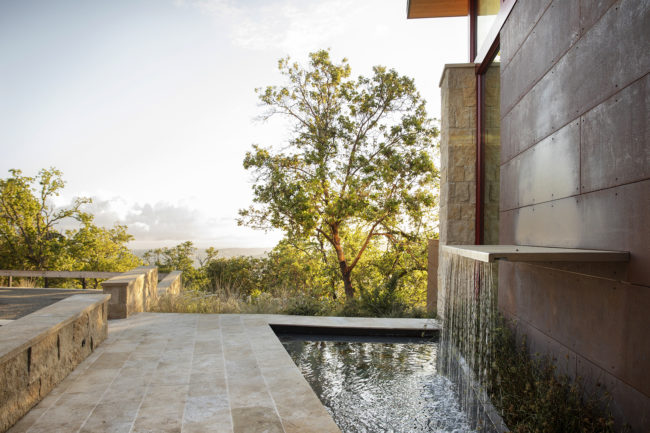
What are the most important elements to consider in regards to sustainability?
Most of our clients come to us with this in mind. They are looking for low maintenance, drought tolerant landscapes. Luckily it’s not a hard sell! And this type of planting strategy is so appropriate for the California landscape. We have a wide range of plant palettes to chose from. Mediterranean, South African and Australian plants are from the similar climates and provide a lot of interest for California landscapes. Lawn requires the highest amount of water use. We guide our clients that their young kids will out grow the use of the lawn in no time. Don’t do it! Go to the park!
What is one thing you wish that clients better understood about your craft?
Our strength is creating the overall context for the house so the it feels like it was always there. The best compliment from clients is when they say they can’t remember what it looked like before. With the right site design, the planting plan falls into place easily. Plants are just a small part of the overall project.

DUSTIN MOORE
FOUNDING PARTNER, STRATA LANDSCAPE ARCHITECTURE
Dustin Moore has almost 20 years of experience in California and specializes in the design of residential gardens. His focus is creating projects that are tailored to each client and responsive to the site and architecture. His projects are located across California, Arizona, Oregon and Hawaii and range in scale from small urban gardens to 1,000 acre ranches. He is a registered landscape architect in California and Oregon.
Dustin was raised in Kansas and received his Bachelor of Landscape Architecture degree from Kansas State University. Mr. Moore joined Suzman and Cole Design Associates in 2004, where he led design teams on a large range of projects. Mr. Moore is a cofounding partner of Strata Landscape Architecture with Todd R. Cole. The goal at Strata is to create gardens that are tailored to each client while being harmonious to the project’s site and architecture. Strata is purposefully small in scale to offer clients interaction with a partner at all phases of the project.
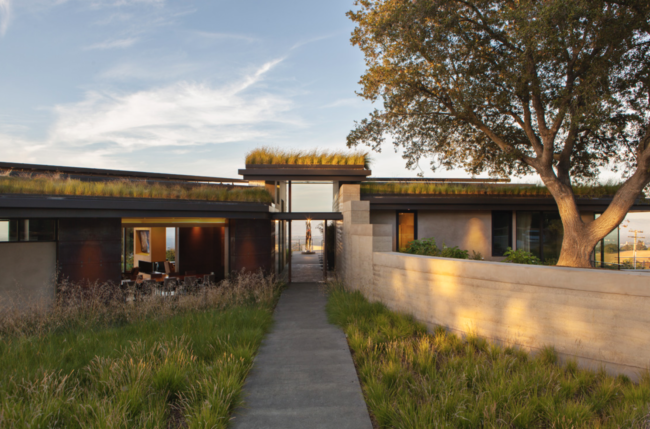
Can you share your top tips for planning a successful landscape project?
1. Hire a landscape architect early. Try to hire them at the same time as the architect and interior designer to get a cohesive team.
2. Ask for a rough budget early based on the program you want in your landscape. It is best to know if a project will match the budget at the beginning. If it is more than the budget, either phase the project or make some difficult decisions in schematics.
How much collaboration is typically involved between landscape architect, architect and interior designer?
Ideally, a ton of coordination happens between the professions. Our best projects are born with a collaborative effort to ensure that the project is seamless from the interiors to the landscape. I really enjoy having design charettes with the architects and designers on our teams to have that interaction. We can help make sure the building meets the land in an effective way and ensure that our outdoor spaces can mesh with the indoors.
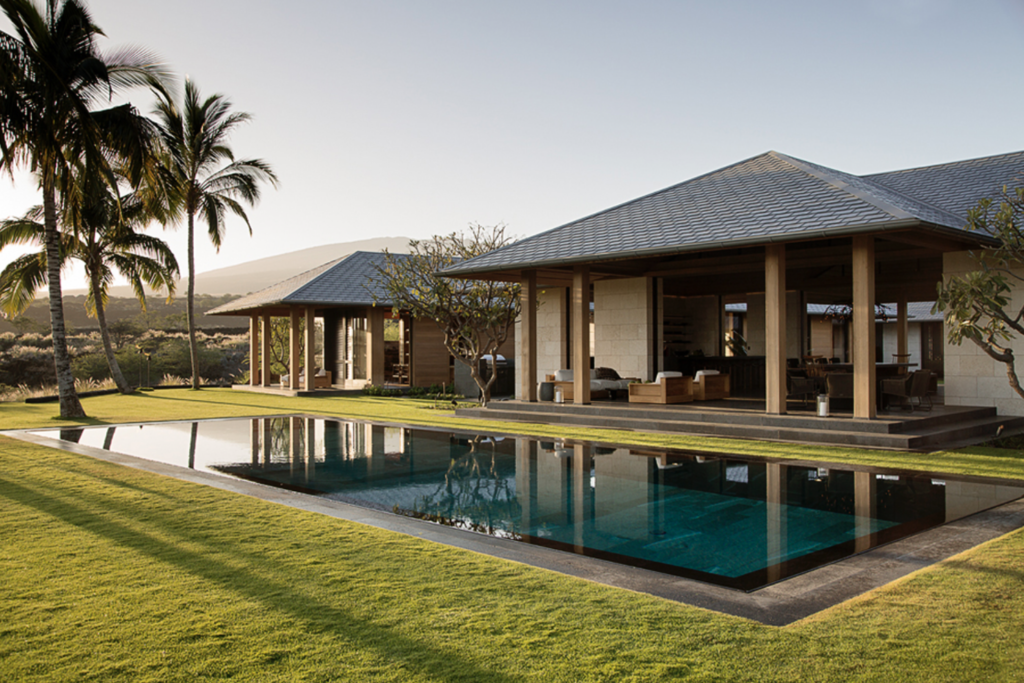
What is one element that most commonly gets overlooked on a project?
Soil amendment. It is super boring, but it does so much for a new garden. Plants flourish with the right amendments. The bay area has many different soil types, but the biggest problems we have are in heavy clay. It usually is high in nutrients, but they are locked up and it does not drain. We can improve soil fertility with the right amendment. We have elaborate specs and requirements for soil amendment to make sure it is done properly.
Is there something you wish that clients better understood about your craft and the design process?
Design takes time. Try not to rush through the design process and spend a little more time to produce concepts. Spend the time to completely detail all elements of the design instead of pushing out drawings early. It pays dividends once we are under construction and avoids surprises and change orders.
